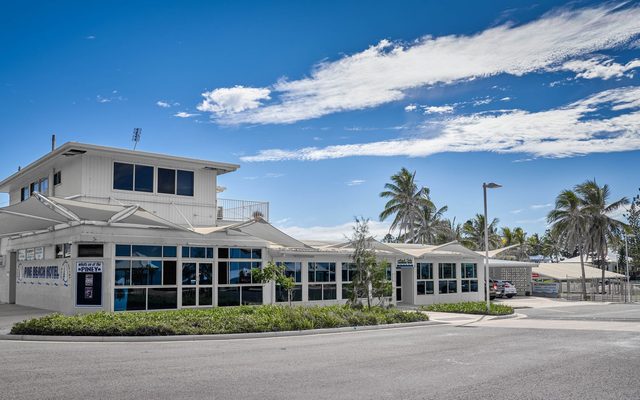This article is from the Australian Property Journal archive
THE return of international students and tight residential vacancy rates across most capital cities will spur a recovery of purpose-built student accommodation occupancy and rents in 2022.
After another year of halted international travel that kept international students out of the country, the student accommodation sector has contracted from a $40 billion industry supporting 240,000 jobs to an estimated $23 billion.
According to Savills’ Australian Student Accommodation 2021 report, operators and aggregators have reported a significant increase in the level of enquiry since the border relaxation was announced, and booking rates have been strong with some operators reporting 50% booking rates in early December.
“This significant reduction in revenue has impacted on government budgets and provided the impetus, alongside world leading vaccination rates, for the large-scale reopening of the Australian border to returning international students and beyond,” said Paul Savitz, director, operational capital markets at Savills. International borders have just reopened after a delay enforced by the emergence of the Omicron variant.
Five of eight capital cities currently have a residential vacancy rate of below 1%, according to SQM research, creating higher rental levels at a time of lower supply levels as owner occupiers buy apartments and limited completions of new apartments lead to constraints.
“This trend will continue into 2022 and will be exacerbated by increasing levels of demand from students and non-students for rental accommodation once the international border opens,” Savitz said.
“As rental markets continue to tighten, and become more expensive overall than pre-COVID, alongside the historic undersupply of student accommodation, Savills expects the prompt recovery of PBSA occupancy and rents.”
Savills report described the student accommodation sector as “arguably the most accessible subsector for buyers looking to reallocate to operational real estate, as it is mature, income-producing and comparatively high-yielding”.
“The ongoing pressure to deploy capital, and to reallocate out of other real estate sectors, is driving strong interest in high-quality PBSA opportunities in key global cities.”
Investor interest still elevated
Despite the headwinds of the past year, investors have still sought out student accommodation asset.
“Interest in the sector is being driven by the broader global trend of re-allocation from ‘traditional’ real estate sectors to rented residential accommodation, which has been further accelerated by the pandemic,” said Conal Newland, head of operational capital markets at Savills.
“Investment demand for Australian student accommodation has remained strong, with a lack of available operational stock holding back transactional volumes. Investors have therefore sought development-led deals, either directly through acquisitions of sites, or alongside local developers in structured transactions,” he said.
Yields are expected to compress further as occupancy returns and NOI normalises, he said.
“As a consequence, we expect to witness a number of existing and new investors moving up the risk curve into development funding, as they are priced out of the market for prime, stabilised assets.”
Scape has by far the largest operational and development pipeline, with 33 operational properties and 12 in its pipeline for a total of 22,300 beds at the start of the second semester of this year. In October it spent about $95 million on a three-building portfolio from University of Technology Sydney (UTS) as it looked towards the return of international students.
Major players also include AMP Capital, with 15 completed assets, Iglu, with 11 completed and seven pipeline assets, and Cedar Pacific, CLV, Wee Hur and DIF.




